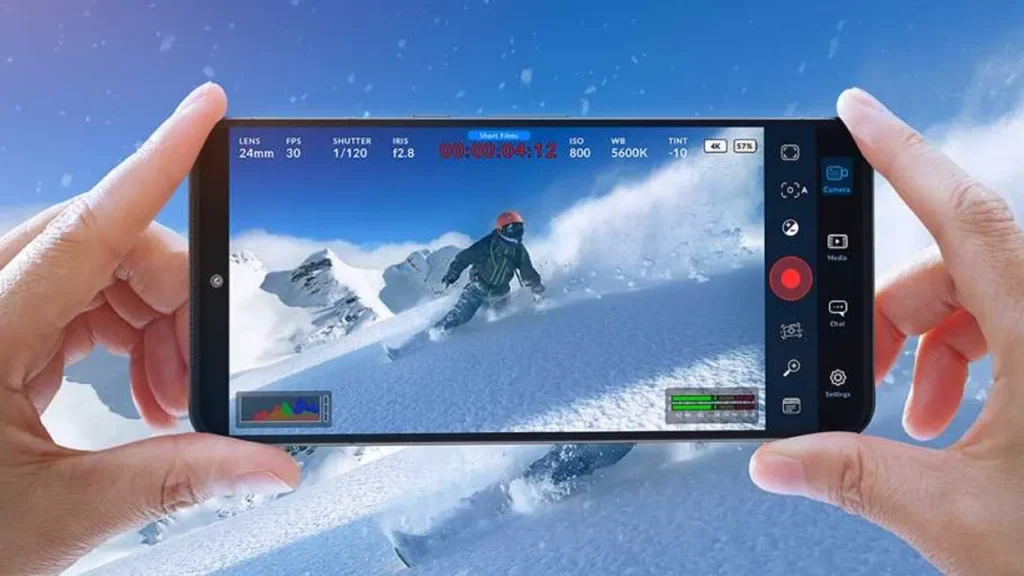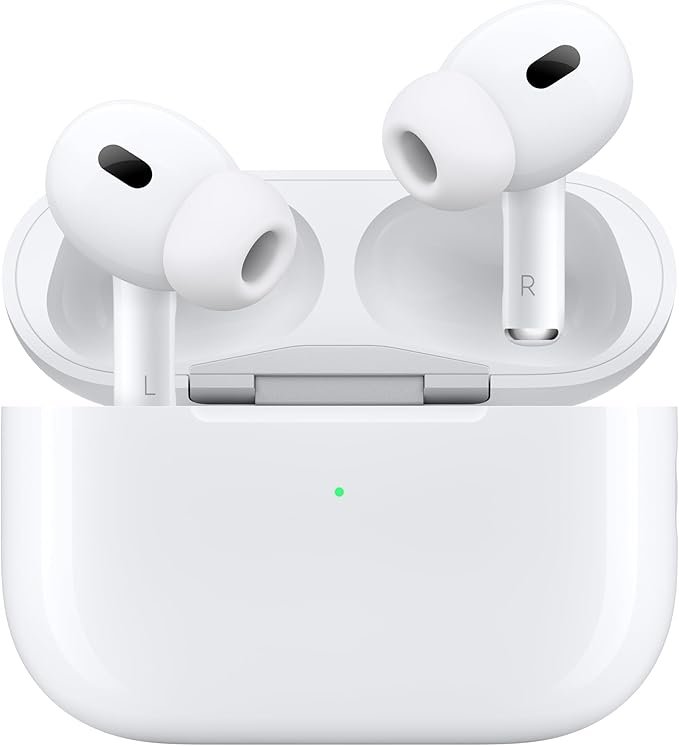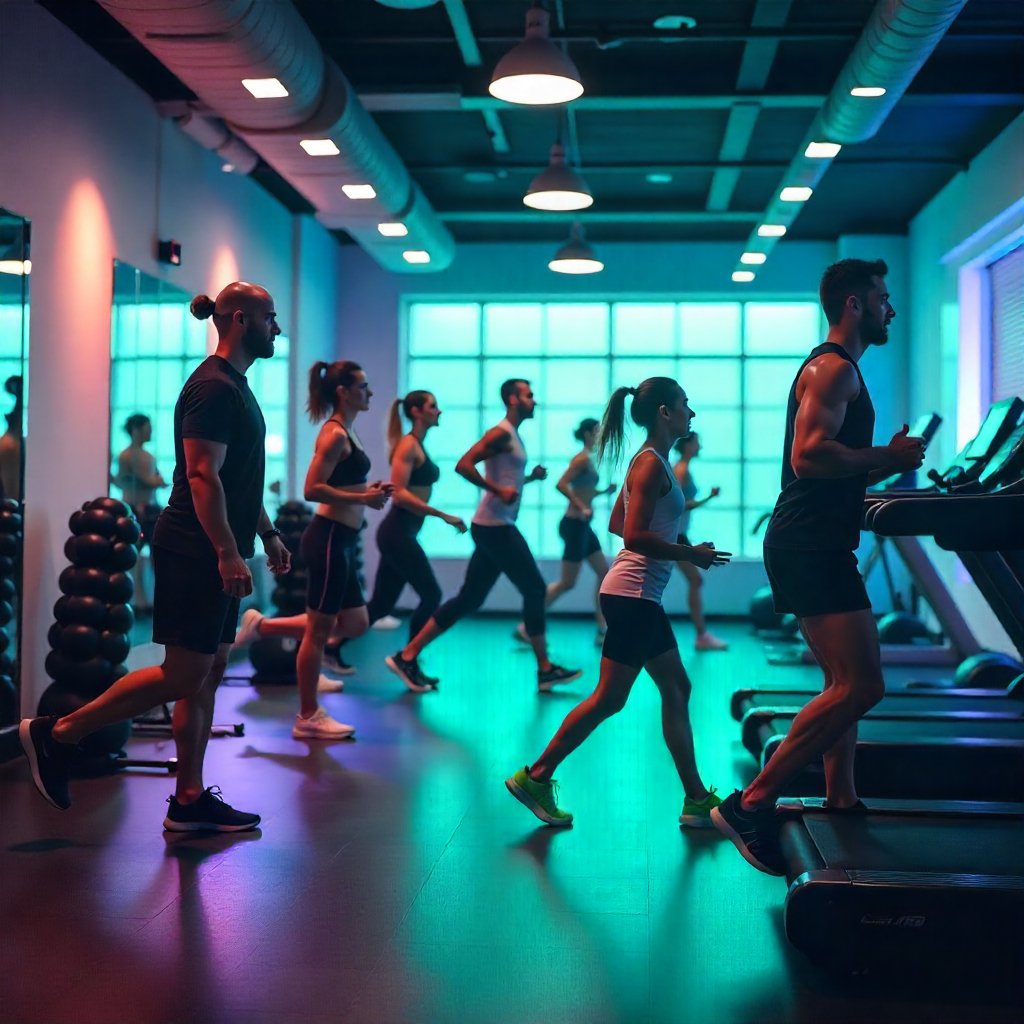Transform Your Fitness Journey with AI Nutrition Apps
Are you struggling to balance your fitness goals with maintaining a healthy diet? In today’s fast-paced world, achieving optimal health can feel overwhelming. Thankfully, technology is stepping in with innovative solutions. Integrating AI-powered nutrition tools with fitness trackers can revolutionize the way you manage your health. By harnessing data, these apps and devices create tailored meal plans and fitness recommendations, making your journey smoother and more effective. Let’s explore how this powerful synergy can transform your fitness journey.
In 2025, technology has significantly advanced, creating numerous opportunities for those looking to enhance their health and fitness. The emergence of AI nutrition solutions, coupled with the rising popularity of fitness monitoring devices, offers users an unprecedented level of insight and customization. With just a few taps on your smartphone or through a quick glance at your smartwatch, you can access valuable information to guide your dietary choices and exercise routines.
The combination of AI nutrition solutions and fitness monitoring devices is not just a trend; it is a fundamental shift in how we view personal health management. By utilizing these tools effectively, individuals can set realistic goals, track their progress seamlessly, and enjoy the journey towards healthier living. This article will delve into the functionality of these technologies, their collaboration, and the benefits that await users willing to embrace this new era of personalized health tech.
Understanding AI Nutrition Apps
AI nutrition solutions are designed to analyze your dietary preferences, nutrient needs, and fitness goals. These applications use artificial intelligence to provide personalized meal plans and nutrition tracking. For instance, apps like MyFitnessPal and Noom can analyze your eating habits and suggest improvements, making it easier to meet your fitness objectives. By evaluating your health data and activity levels, these apps work in concert with other technologies for a comprehensive approach to wellness.
The primary function of these apps is to take the guesswork out of dieting by providing customized meal recommendations based on individual goals. Whether you’re aiming to lose weight, build muscle, or maintain your current health status, AI nutrition solutions can deliver tailored advice. By simply entering your dietary preferences, restrictions, and fitness targets, you can receive meal suggestions that fit your lifestyle.
Moreover, many AI nutrition solutions incorporate features such as barcode scanning, enabling users to quickly log food items and track their daily calorie intake. This functionality greatly enhances the user experience, as it streamlines the process of monitoring health metrics. With real-time insights and alerts, you can stay on track with your nutrition and make informed choices effortlessly.
The Role of Fitness Wearables
Fitness monitoring devices, such as smartwatches and activity trackers, play a crucial role in gathering health data. Devices like Fitbit and Apple Watch monitor physical activities, heart rate, sleep patterns, and more. By syncing this data with AI nutrition solutions, users can gain insights into how their dietary choices affect their overall fitness performance. This seamless integration allows for real-time adjustments, maximizing health benefits and improving results.
The information collected from fitness monitoring devices is invaluable for creating a clear picture of your overall health. By tracking metrics such as steps taken, calories burned, and heart rate variations, these devices provide essential data that can inform your nutrition strategy. For instance, if you engage in a high-intensity workout, your wearables can communicate with your nutrition solution to adjust your caloric intake recommendations to ensure that you’re consuming enough to fuel recovery.
In addition to tracking physical activity, increasingly advanced wearables also monitor sleep quality and recovery times. Sleep is a critical component of any fitness regimen, and the insights provided by these devices can help you make necessary adjustments to both your exercise and dietary habits. Understanding how your body responds to various stressors and recovery strategies is key to optimizing your health.
How AI Nutrition Apps and Wearables Collaborate
The collaboration between AI nutrition solutions and fitness monitoring devices enhances personalized health management in several ways. For example, after you complete a workout, your fitness wearable can relay data about calories burned and activity intensity to your nutrition solution. In turn, the AI app can adjust your meal recommendations, ensuring you’re fueled appropriately for recovery and subsequent workouts. This feedback loop creates a tailored approach to fitness that continuously evolves.
This integration allows you to receive prompt nutritional feedback based on your level of activity. If you had a particularly strenuous workout, your AI nutrition solution might suggest an increase in protein intake to aid muscle recovery, or if your daily activity was lower than expected, it may recommend a lighter meal plan to ensure you remain on track with your health goals.
Moreover, this technology enables users to make informed choices without significant time investment. You no longer have to manually compute nutritional values or remember complex dietary guidelines; the collaboration between your monitoring devices and nutrition apps automates these processes, placing accurate information at your fingertips. As a result, individuals can focus more on their workouts and lifestyle changes while having a comprehensive view of their health at all times.
Real-World Applications and Examples
Several apps and devices exemplify this successful integration. The Lose It! app partners with fitness trackers to deliver a comprehensive view of caloric intake versus expenditure, allowing for more informed eating choices. Similarly, apps like Lifesum take advantage of biometric data collected from wearables to recommend specific food choices. Such examples illustrate how smart technologies work together to promote overall health and fitness.
Another noteworthy app is MyFitnessPal, which has established itself as a leader in the realm of nutrition tracking. By allowing users to log food intake and monitor their physical activity through integrations with fitness monitoring devices, it provides a holistic platform for managing health objectives. The app also includes features such as community support and recipe suggestions, making healthy living more accessible and engaging.
Moreover, with fitness trackers now commonly equipped with advanced sensors, the flow of data from wearables to apps is smoother than ever. For instance, the Garmin smartwatches not only track physical activities but also log body metrics such as water intake and stress levels, which can influence meal planning through partnered apps like Fooducate, rounding out a user’s understanding of their overall health journey.
Benefits of Using AI Nutrition Apps and Wearables
Combining AI nutrition solutions with fitness monitoring devices provides numerous benefits. Personalized meal plans tailored to individual needs can enhance energy levels and improve workout performance. Additionally, having immediate feedback on both nutrition and fitness creates accountability, helping users stay committed to their health goals. The convenience of having a holistic view of your health journey through a single platform is also a significant advantage.
One of the most significant benefits is the sheer customization these technologies offer. Users can adjust their fitness and nutrition plans based on their evolving needs and preferences. For instance, someone following a vegetarian diet can seamlessly receive plant-based meal options while utilizing an AI app that recognizes those dietary restrictions, alongside wearables that tailor activity suggestions to match their energy intake.
The motivational factor cannot be overlooked either. With real-time updates and progress tracking, users can witness how their nutrition directly impacts fitness outcomes. This not only enhances user engagement but also provides recognition for the efforts put into both diet and exercise. Over time, this can lead to long-lasting lifestyle changes that extend well beyond the technology itself.
Potential Challenges and Considerations
While the benefits are substantial, some challenges exist. Users must be open to consistently inputting data and engaging with the apps to truly maximize their potential. Moreover, certain apps may require subscriptions, which can be a barrier for some users. Understanding these challenges can help individuals better prepare for a smooth technology integration into their fitness journey.
Data privacy is another concern that users may need to consider. With the increasing amount of personal health information being shared between devices and apps, it’s crucial to be aware of privacy policies and data security measures. Users should feel empowered to understand how their data is managed and ensure that they are comfortable with the measures in place.
Lastly, technology can sometimes become overwhelming. For individuals who are not tech-savvy, the multitude of features and settings may create confusion. As users strive for more embedded health management systems in their daily lives, education about using these tools effectively becomes essential to ensure they are utilized beneficially.








